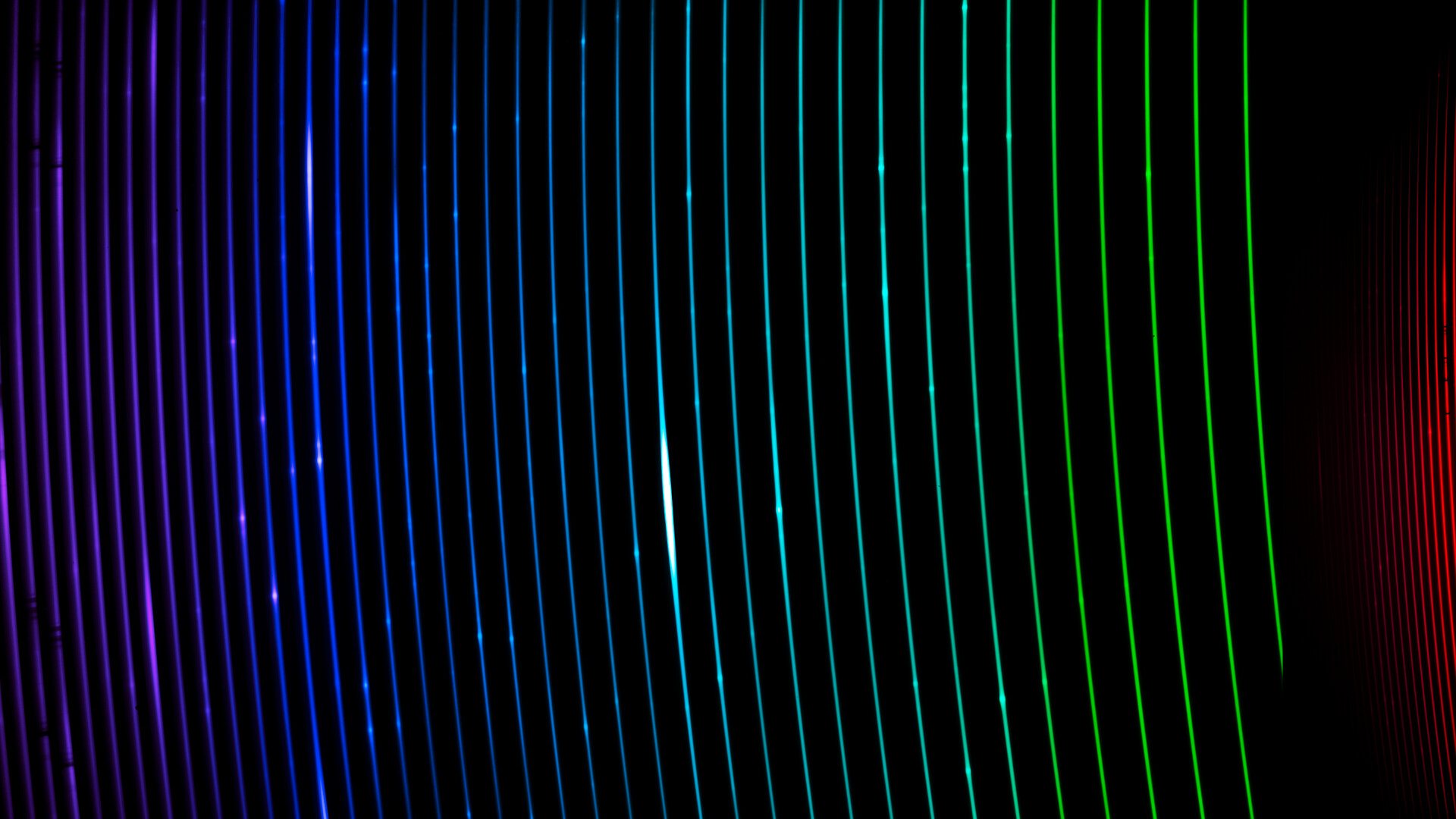Telescope sees binary star's beautiful rainbow spectra | Space photo of the day for Oct. 2, 2025
The new spectrum image offers fresh insights into one of the galaxy's most massive and volatile star systems.

Astronomers recently released a new image of the binary star system Eta Carinae's full spectrum, taken from deep in Chile's Atacama Desert. The image was captured with the newly installed SOAR Telescope Echelle Spectrograph (STELES). The new spectrum image offers fresh insights into one of the galaxy's most massive and volatile star systems.
What is it?
STELES works by breaking starlight into its constituent colors with exceptional precision. Covering a broad swathe of the electromagnetic spectrum, the instrument allows astronomers to study atomic and molecular features in stellar atmospheres, measure changes in Doppler shifts as things move in our universe, and look at the physical condition of distant objects, including Eta Carinae.
Where is it?
This image was taken at the SOAR Telescope on Cerro Pachón in Chile's Atacama Desert.
Why is it amazing?
Eta Carinae is of particular fascination for astronomers because of its unusual activity. Located roughly 7,500 light-years away in the constellation Carina, specifically in the Keyhole Nebula, Eta Carinae consists of at least two massive stars in highly eccentric orbit.
In the 1840s, Eta Carinae underwent the so-called "Great Eruption," when it brightened to become the second-brightest star in the night sky before fading and surrounding itself with gas and dust. No one is quite sure what caused this Great Eruption, and the star system is still under study today, as it's considered unstable.
Using instruments like STELES, astronomers can learn more about the system's outflows, winds and interactions between the two stars. The spectrum created by STELES can be used to identify the chemical composition of the gas in Eta Carinae, measure the velocities of the material being expelled and track changes in the system over time. Because Eta Carinae may be nearing the end of its life, such data provide crucial insights into how massive stars evolve and how they may eventually explode as supernovae.
Want to learn more?
You can read more about Eta Carinae and binary star systems.
Breaking space news, the latest updates on rocket launches, skywatching events and more!
Kenna Hughes-Castleberry is the Content Manager at Space.com. Formerly, she was the Science Communicator at JILA, a physics research institute. Kenna is also a freelance science journalist. Her beats include quantum technology, AI, animal intelligence, corvids, and cephalopods.
You must confirm your public display name before commenting
Please logout and then login again, you will then be prompted to enter your display name.

